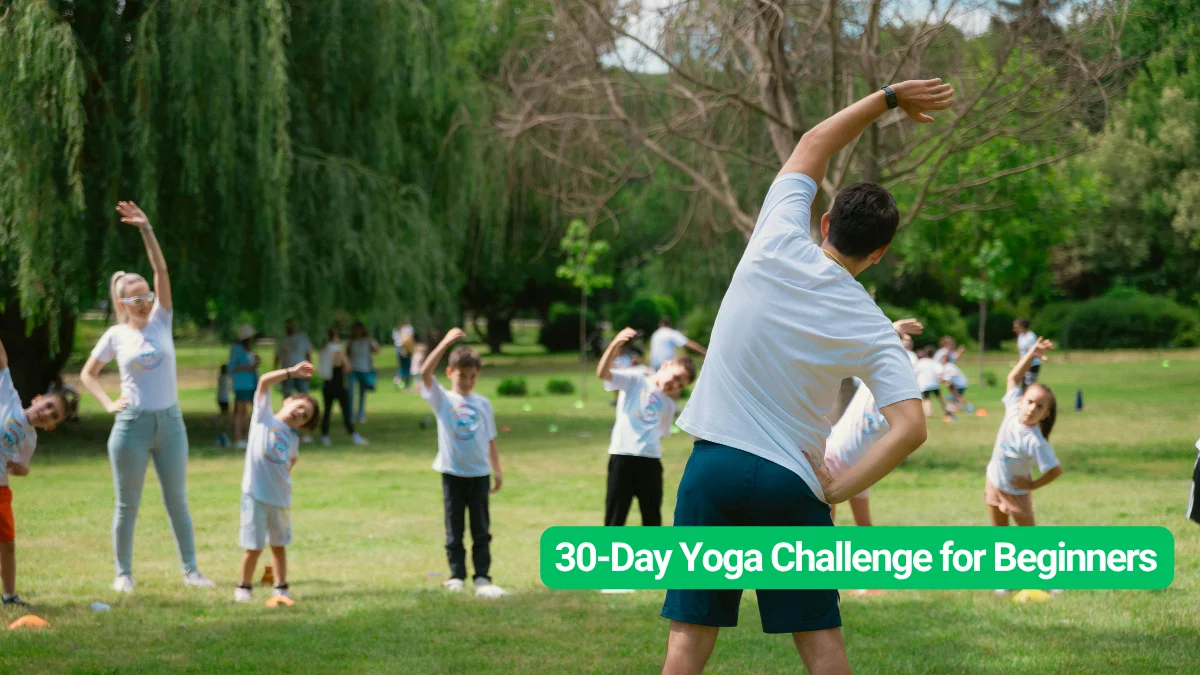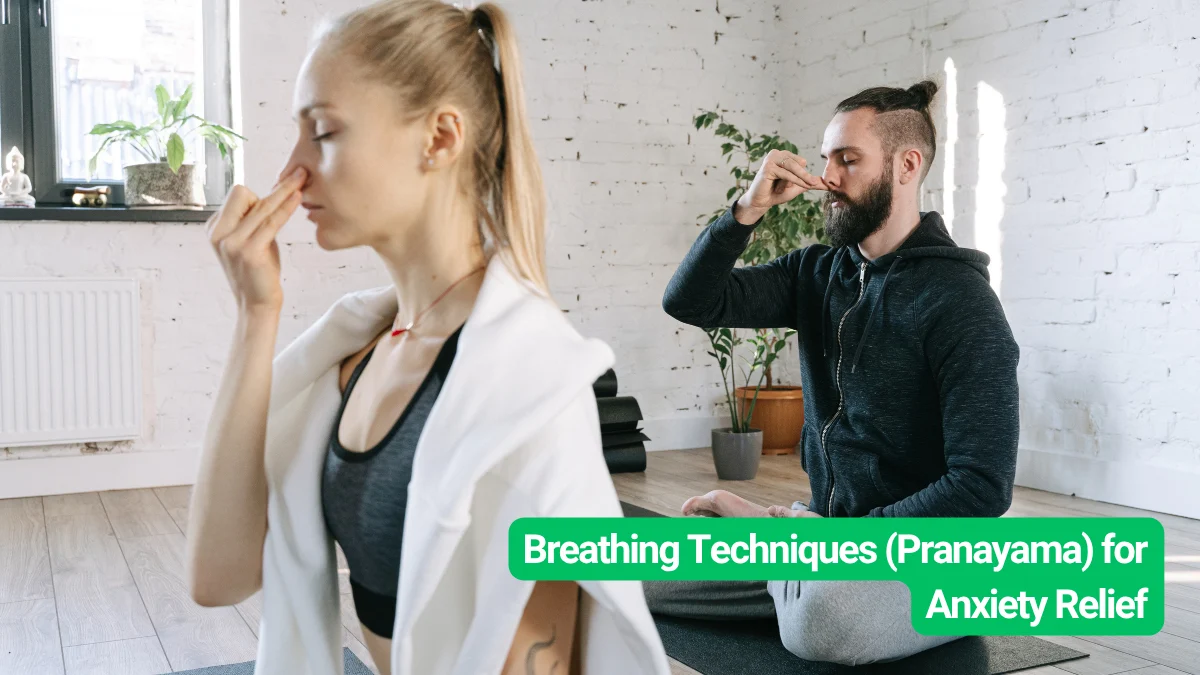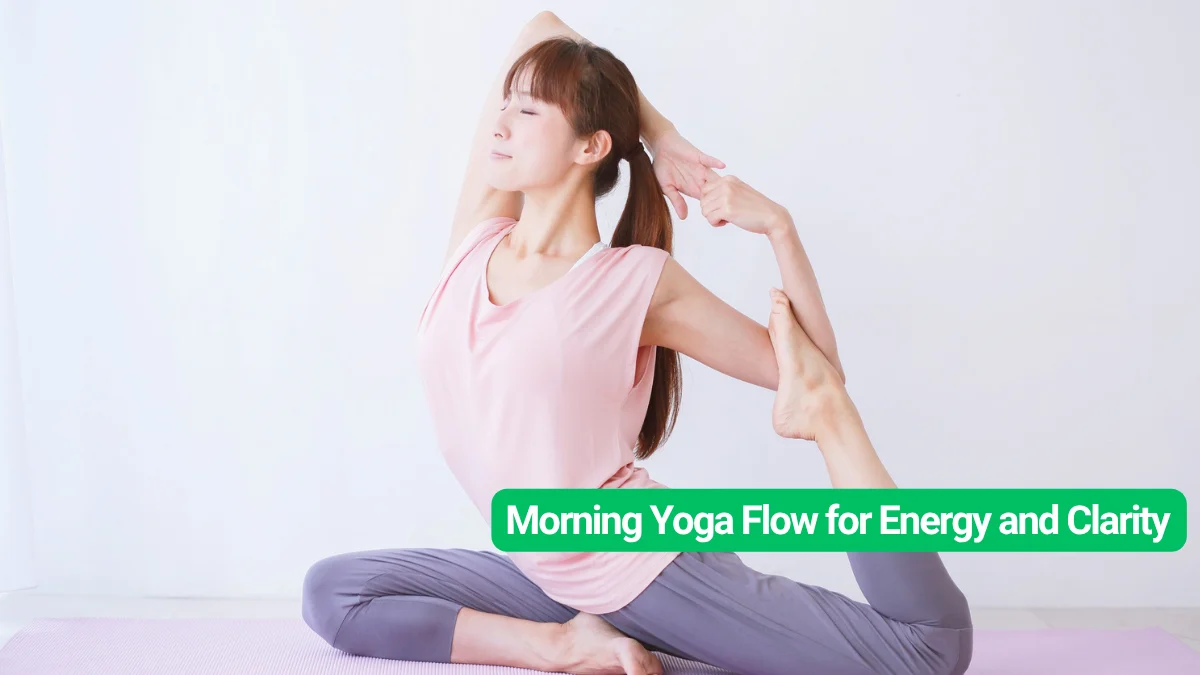Yoga, Pilates and stretching look similar at first, but each one serves a different purpose. People often mix them together, yet they help the body in different ways. Yoga focuses on the connection between mind, breath and movement. Pilates builds strong, controlled muscles with slow movements.
Stretching improves flexibility and helps the body move without stiffness. Understanding the difference helps you choose the right option for your goals.
Key Takeaways On Yoga, Pilates & Stretching
- Yoga connects movement, breath and focus.
- Pilates builds core strength and improves posture.
- Stretching improves range of motion and daily mobility.
- Each activity supports flexibility but in different ways.
- Choosing the right one depends on physical goals and comfort.
What Yoga Focuses On
Yoga began in India thousands of years ago and has always connected breath, body and the mind. It includes physical poses, simple breathing patterns and calm focus. Many people use yoga to handle stress, improve balance and support general wellness. In recent years, it has become one of the most common wellness practices around the world.
Yoga has many styles. Some are slow and gentle. Some are fast and active. The basic goal stays the same: create harmony between the mind and the body. People choose yoga for many reasons. It helps with stress, sleep quality, low-back discomfort, neck stiffness and balance issues. Yoga also supports better mental clarity because the practice demands steady focus.
Some poses help the immune system by improving circulation and lowering inflammation. This is why many use yoga as a long-term wellness habit. It can support bone health through isometric poses that activate muscles without quick movements. Some studies show that short daily sessions can improve strength in areas that protect bones.
Even though yoga is safe for most people, some poses may not suit conditions like spinal disk issues, glaucoma, or very high blood pressure. A trained instructor can modify poses if needed. Advanced poses such as long headstands or complex twists require caution. Still, for general health and steady progress, yoga remains one of the safest and most adaptable practices.
What Pilates Focuses On
Pilates was created in the early 1900s by Joseph Pilates. He designed it to help injured soldiers recover and move with better control. Over time, dancers and athletes adopted it to improve stability and posture. Pilates today is known for slow, controlled movements that start from the core. This deep core activation helps build strong muscles in the abdomen, lower back, hips and glutes.
Pilates can be done on a mat or with machines that use springs and levers for resistance. The movements are simple but demand full attention. Each exercise begins with proper breathing and stable alignment. The goal is not to move fast but to move with control.
Pilates can support:
- Better core strength
- Improved posture
- More balanced muscles
- Less joint stress
It also helps reduce back pain and improve mobility after injuries. This is why many therapists use Pilates as part of physical rehabilitation. Unlike heavy weightlifting, Pilates builds lean muscle tone rather than bulky strength. The slow pace also strengthens balance and body awareness.
Pilates is suitable for seniors, beginners and people recovering from injury. Many forms of Pilates can be modified to match different fitness levels. The main limitation is that some equipment-based classes can be costly. Still, mat sessions give strong results without machines.
Also Read

30-Day Yoga Challenge for Beginners
Main Differences Between Yoga, Pilates & Stretching
- Yoga links movement with breath and improves mental focus.
- Pilates builds strong core muscles and improves posture.
- Stretching increases flexibility and reduces stiffness.
- Yoga supports emotional wellness through calm breathing.
- Pilates improves muscle control and stability.
- Stretching improves range of motion for daily movement.
1) Yoga links movement with breath and improves mental focus
Yoga brings the body and breath together in a slow and mindful way. When a person moves with their breath the mind starts to settle. This creates a feeling of calm inside the body which helps a person stay focused for longer periods. Many people feel less rushed and more grounded after a yoga session because the breath guides every step.
Yoga also teaches awareness of small details in the body. When a person pays attention to how they stand or how they hold their shoulders their mind becomes sharper. This mindful state improves concentration in daily work. Even a short session helps the mind return to a quiet and steady place.
2) Pilates builds strong core muscles and improves posture
Pilates focuses on movements that activate the centre of the body. These movements look simple but they create deep strength in the back and stomach. When the core becomes strong the whole body feels lighter. People who sit for long hours find relief as their body learns how to support itself in a better way.
The practice also teaches slow and controlled motion. This control helps a person hold their posture without much strain. Over time the spine aligns better and the body stands taller. Even daily tasks like walking or lifting become easier when the body is more stable.
3) Stretching increases flexibility and reduces stiffness
Stretching opens tight areas in the body and allows muscles to move smoothly. When a muscle stays tight for too long it limits movement and causes discomfort. Stretching helps release this tension and makes the body feel more free. People who stretch daily notice that their steps feel lighter and movement feels more natural.
It also helps blood flow through stiff areas. This warm flow lets the muscles relax which reduces the chance of injury. Stretching can be done at any time of the day and does not require much space or equipment. Even a short routine helps reduce the heaviness that builds up in the body.
4) Yoga supports emotional wellness through calm breathing
Slow breathing in yoga can change how a person feels from the inside. When the breath softens the mind responds in a peaceful way. This gives a sense of ease during stress. Many people find that even a few minutes of deep breathing brings their emotions under control. Yoga becomes a safe space to process feelings without pressure.
The steady rhythm of breath also helps the nervous system settle down. When the nervous system becomes calm the body stops overreacting to stress. This stability brings better sleep and a more positive mood. Regular practice builds resilience that helps in daily challenges.
5) Pilates improves muscle control and stability
Pilates asks the body to move with care. Each motion is guided by the centre muscles which train the body to stay steady. This control gives the person better balance and confidence in movement. People who practice often notice that they trip less and handle sudden motions better.
The stability from Pilates supports the joints. When the body moves in a controlled manner the joints carry less strain. This reduces discomfort in the knees hips and shoulders. Pilates also helps people become aware of how they use their muscles which improves overall efficiency.
6) Stretching improves range of motion for daily movement
When muscles loosen they allow the joints to move wider without discomfort. This wider range makes daily tasks easier. Simple actions like bending to pick something or turning the neck while driving feel smoother. People who stretch daily feel more space in their movements.
Regular stretching also keeps the body from feeling locked up after long hours of sitting. The muscles become more responsive and ready for activity. This prevents strain and supports a healthier lifestyle with fewer aches.
What Stretching Focuses On
Stretching targets the length of muscles and the mobility of joints. It improves flexibility and helps the body feel light during daily tasks. There are two ways to stretch: stretching on your own and assisted stretching. Assisted stretching involves a trained practitioner who moves your muscles in ways that you may not reach alone. This helps release tightness faster.
Stretching supports the following:
- Better range of motion
- Less stiffness
- Improved blood circulation
- Easier movement during walking or exercise
- Lower risk of muscle strain
A practitioner can target areas that feel tight but are hard to reach on your own. For example, some back discomfort starts from tight calves or hamstrings. Assisted stretching identifies these links and releases the right muscle groups.
Good circulation is another benefit. When blood flow improves, the body receives more oxygen, which supports healthier movement. Consistent stretching also helps prevent small aches that build up from long sitting or poor posture.
Stretching does not replace yoga or Pilates. Instead, it supports both. People who stretch often find it easier to hold yoga poses or complete Pilates movements with proper form. Over time, better flexibility improves strength and balance as well.
How to Choose the Right Option
Choosing between yoga, Pilates and stretching depends on your personal goals. If you want a balanced practice that supports mental and physical wellness, yoga is a strong choice. It improves strength and flexibility at the same time and supports stress relief.
If your goal is to build a strong core, improve posture and move with better control, Pilates may suit you. It helps stabilize the body and protects the spine through slow, focused movements.
If you only want to improve flexibility or move without stiffness, stretching gives the fastest results. Assisted stretching can help people who cannot stretch deeply on their own or who feel tight due to sitting or repetitive movement.
Each activity has its role. Many people combine all three to support complete wellness. Yoga helps with focus and breathing. Pilates builds core strength. Stretching maintains mobility. Together they support healthier movement and better quality of life.






